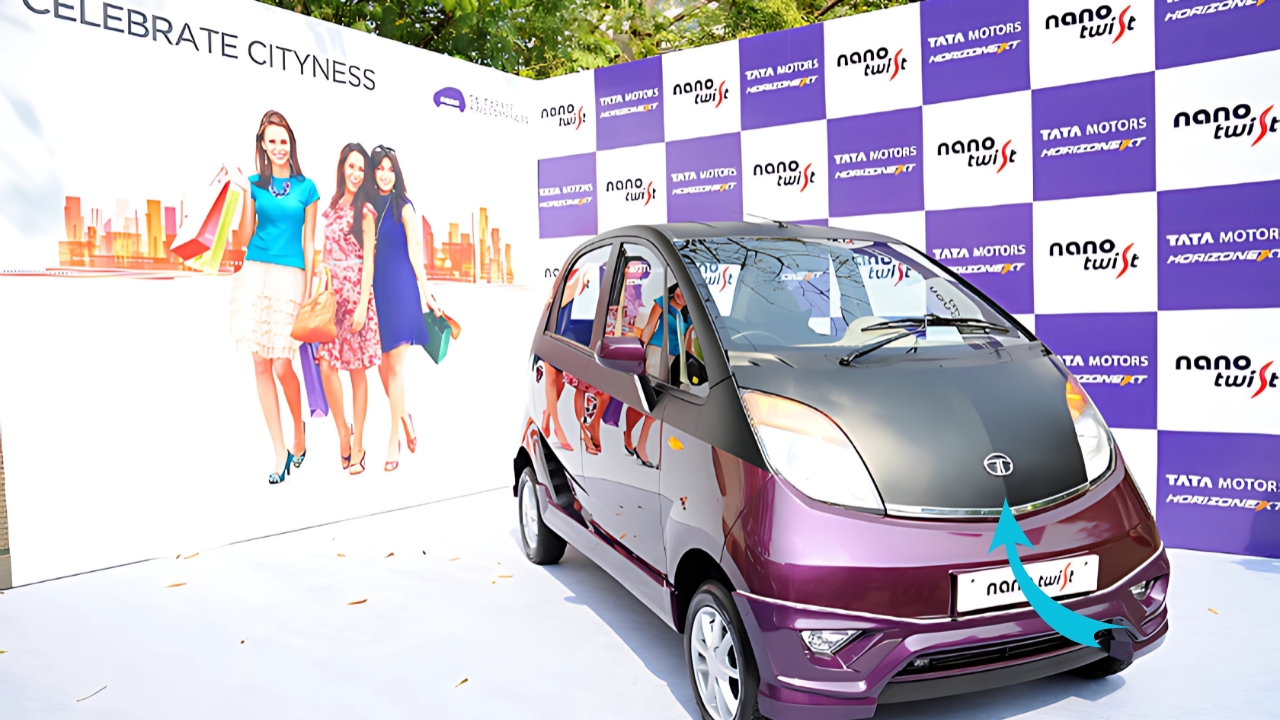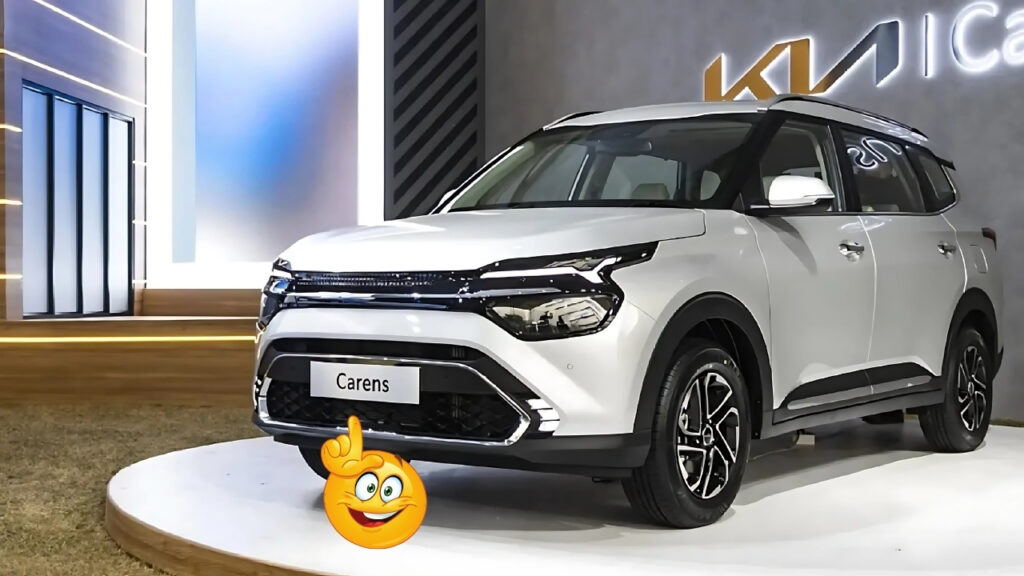Tata Nano return: The journey of the original Nano offers important lessons that would inevitably inform any attempt to revive the car.
In a misguided attempt to create a safer motoorized family transportation option, the car’s “₹1 lakh car” (about $2,500 at 2008 exchange rates) marketing context generated consumer expectations which gnawed at its commercial viability.
What Tata chairman Ratan Tata imagined as an accomplishment to cheer became, for many prospective buyers, a stigmatized badge of having to settle— a car you bought because you couldn’t afford anything better.
“We never thought that the Nano would acquire a stigma of ‘I don’t want to be seen in the cheapest car,’” Ratan Tata later said in interviews.
This basic marketing error, more than any technological flaw, dictated the Nano’s fate from waiting lists to no-one-wants-to-own-it stock.
Any revival would have to start by correcting this positioning error. Instead of centering on rock-bottom pricing, especially in this class where every rupee counts, a new Nano might instead reference particular use cases where its tiny form factor and economy net some real-world benefits—urban commuting, as a second car for families or as a sustainable mobility option.
This resettling would seek to reimagine the Nano as “not the car you buy when you can’t afford better, but the car that serves certain mobility needs smartly.”
Table of Contents
Tata Nano return: Science Evolution for Changing Times

Aside from positioning, a revived Nano would need extensive technical update to satisfy both regulatory requirements and evolved customer expectations.
The rear-mounted, 624cc two-cylinder engine of the original, a mild 38 hp, showcased impressive engineering done under strict budget constraints, but even back then, emissions standards allegro would require an entire redesign of the powertrain to be compliant today.
There are two likely approaches, according to industry analysts. The more conservative option would see a downsized, modern three-cylinder petrol unit with the latest efficiency and emissions tech, probably around 800-1000cc in capacity.
This tack would keep things affordable, albeit within the current rules, though it would mean evolutionary — not revolutionary — change.
The more radical approach — and something Tata executives have hinted at — would involve electrification.
The Nano’s small footprint, low weight, and use case as an urban utility vehicle suit the characteristics of an electric vehicle perfectly.
A battery-electric Nano would also allow Tata to make use of the growing knowledge it has gained in EV development (with the Nexon EV and Tigor EV) while solving the original’s biggest shortcomings of noise, vibration and refinement. That was immensely important to the car, taking it from just cheap to truly innovative.
Irrespective of powertrain, any revival would require updated safety features to match modern standards.
Ever since the original Nano it seems, a focus on essentiality has always played a role with carmakers, and that meant all it needed to do to get through its crunching of European crash testing from Day 1 was pass, and pass it did —
on the knocks, anyway, even if today’s requirements have forced Dual Airbags to halfway up the driver’s side and ABS, crumple zones and reinforcements to the frame probably wouldn’t even be optional items.
Design: To Preserve or to Reinvent?
The most interesting question surrounding a possible Nano revival is likely design direction. The original’s kookie bubble-like silhouette — a necessity when cramming as much usable space into the tiniest possible footprint —
led to almost instant recognition, and it also played a role in its stigmatization. A reboot would walk the tightrope of retaining what works while raising the perception.
Martin Uhlarik, boost by new global design chief, Pratap Bose, there is apparent potential. Models such as the Punch and revamped Nexon show the tremendous difference a contemporary design lingo can make in turning little autos into something not just useful but honestly covetable.
For a new Nano, applied with such gusto, the second would retain the fit and finish of the original but would run a better hand at surfacing, lighting, and detailing to give it aspirational appeal as opposed to simply financial-oriented utility.
Interior design would need to be rethought on an even grander scale. The original’s no-frills, utilitarian cabin was a clear indication of its cost-conscious development—and an approach that doesn’t fit with modern demands, even at more affordable price points.
Recent Tata interiors show how if you think about it, you can design perceived quality with low-cost materials, which is potentially one solution for a new Nano to address what might be its most egregious consumer-facing shortcoming.
The Untapped Market in a Changed World
It’s no wonder, then, that the automaking terrain has shifted significantly since the Nano debuted in 2008, challenging—and perhaps enabling—its revival.
With urban congestion having worsened in most Indian cities, compact dimensions become all the more tempting.
Also, air pollution has become an issue, which could make a really cheap Nano seem less like a budget fitment and more like a flaking bandaid — especially if it is a really efficient car you are talking about or even an electric one for that matter.
The increase in incomes means that most first-time buyers will now jump directly to premium hatchbacks, so the Nano may have to target different kinds of customers than it was originally intended for.
Most important of all, Tata Motors itself has transformed spectacularly, from its previous status as a manufacturer struggling against perceptions of quality to a respected producer of well-designed, safe vehicles with real appeal beyond price points.
This elevated brand position paves the way for an evolved Nano that could champion more as an intelligent mobility solution as opposed to just an entry-level compromise.
That potential direction is hinted at by recent statements from Tata executives. Instead of following the outlandish price curve of the original, any revival focuses on “a car that delivers an experience,” per one senior leader (speaking off the record).
This would capitalize on the nameplate’s market recognition while entirely reworking its value proposition.
Tata Nano return
Tata has not made any concrete plans for a Nano comeback, but the continued talk of the potential revival among both executives in the company and industry observers points to the idea not being frivolous talk.
And while any such project would still be burdened with major issues — from the price to the market positioning — it would operate with both the lessons from the original’s disastrous fate and Tata’s strengthened capabilities and a better position in the market.
The original Nano was one of the auto industry’s biggest bets—an effort to produce an actually affordable family car at a price point never before possible.
While it ultimately stumbled short of its commercial goals, its role as both an engineering triumph and a lesson in the market can’t be overstated.
A well-executed revival could turn this interesting footnote in automotive history into a viable chapter in current mobility, if it can overcome the essential disconnect between automotive engineering triumph and consumer desire that doomed the original.





